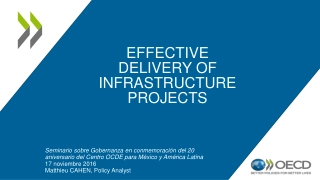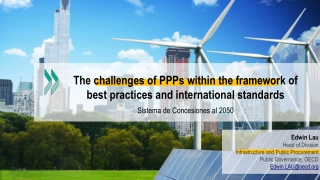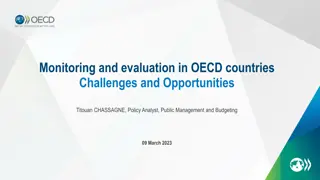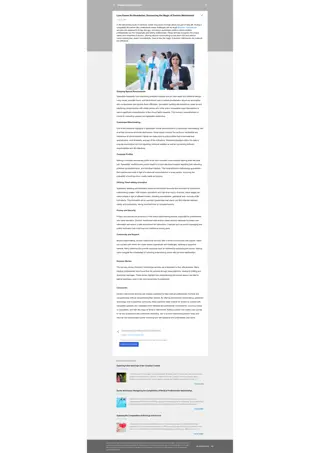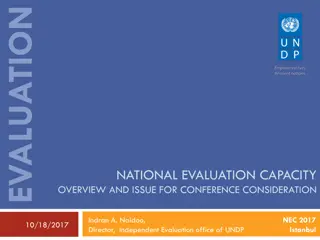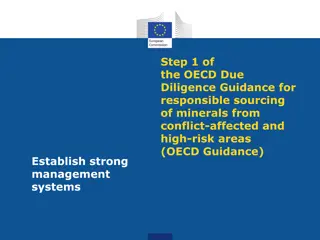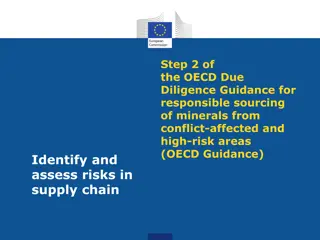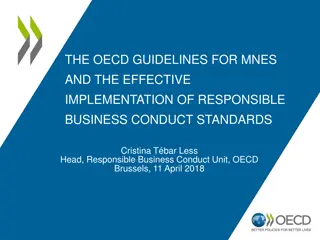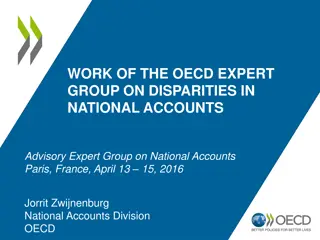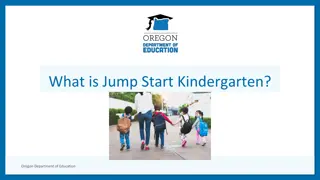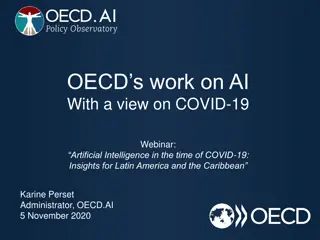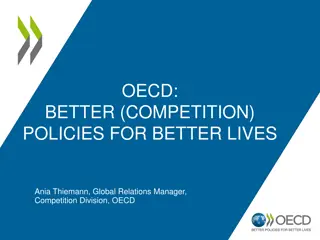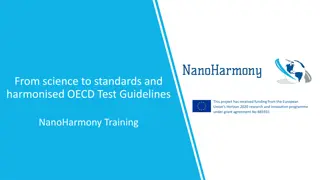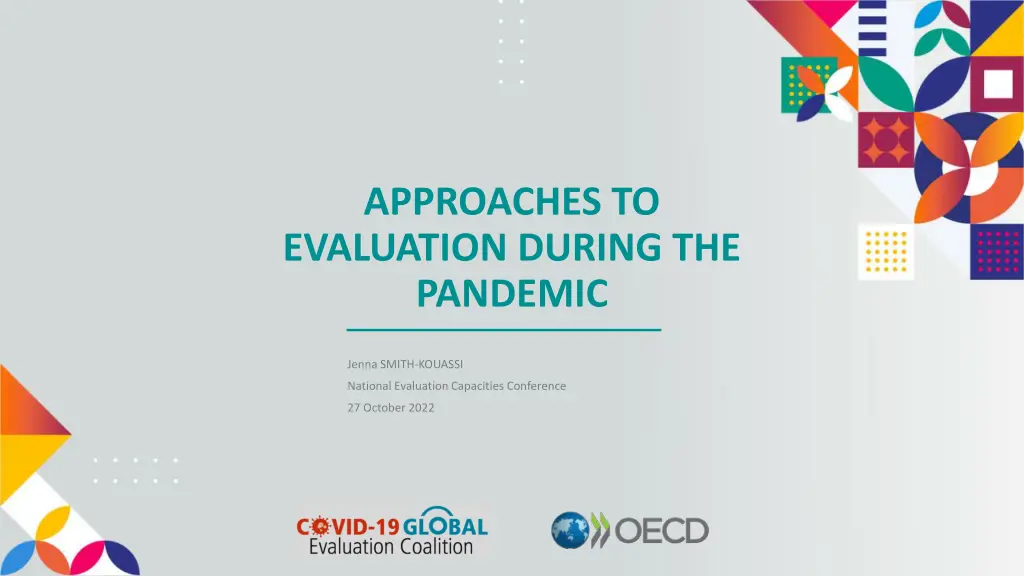
Innovative Evaluation Approaches Amid the Pandemic
Embracing flexibility and collaboration, this presentation highlights how evaluation practices have adapted during the pandemic. From rethinking evidence gathering to enhanced communication, learn how evaluation stakeholders have transformed relationships and approaches in response to global challenges.
Download Presentation

Please find below an Image/Link to download the presentation.
The content on the website is provided AS IS for your information and personal use only. It may not be sold, licensed, or shared on other websites without obtaining consent from the author. If you encounter any issues during the download, it is possible that the publisher has removed the file from their server.
You are allowed to download the files provided on this website for personal or commercial use, subject to the condition that they are used lawfully. All files are the property of their respective owners.
The content on the website is provided AS IS for your information and personal use only. It may not be sold, licensed, or shared on other websites without obtaining consent from the author.
E N D
Presentation Transcript
APPROACHES TO EVALUATION DURING THE PANDEMIC Jenna SMITH-KOUASSI National Evaluation Capacities Conference 27 October 2022
1. Through transformed relationships with programme stakeholders and decision-makers How did EvalNet members adapt to the pandemic? 2. By re-thinking how evaluative evidence is gathered and communicated 3. By increasing communication, co- ordination and collaboration across the global evaluation community
More frequent and constructive engagement 1 Tailoring activities to organisational needs Transformed relationships with programme stakeholders and decision-makers Striking the appropriate balance between timeliness and rigour Not letting perfection be the enemy of the good
Flexibility in adjusting evaluation plans and approaches Learning new systems, adapting existing instruments and improving modes of online engagement 2 Re-thinking how evaluative evidence is gathered and communicated Relying on existing information Using learning-oriented approaches and products Using creative and engaging ways to communicate evaluation learnings and findings
The pandemic highlighted the importance and value-add of working in partnership with local evaluators 3 Demonstrated the benefits of sharing information, lessons and best practices across organisations Increasing communication, co- ordination and collaboration across the global evaluation community Confirmed the importance of inclusion, especially when tackling common or universal challenges
A platform to share information, experiences, and approaches The COVID-19 Global Evaluation Coalition Guidance notes, technical papers and scoping studies An overarching Strategic Evaluation Questions Framework Timely summaries of evaluation evidence Joint evaluative work
Significant disruption to business as usual enabled evaluation units to re-imagine and demonstrate their utility What lessons were learnt? What should be taken forward? Limited travel opportunities prompted critical and constructive thinking about how to work in new partnerships with local evaluation teams Disruptive changes caused by the pandemic prompted evaluation teams to re-consider how they can use technology and data in more innovative and creative ways The sharing of information, lessons and best practices across the global evaluation community had notable benefits The pandemic demonstrated the role of joint evaluative work in reducing evaluative burden and broadening scope
THANK YOU Join the Coalition! www.covid19-evaluation-coalition.org COVID19evaluation@oecd.org


